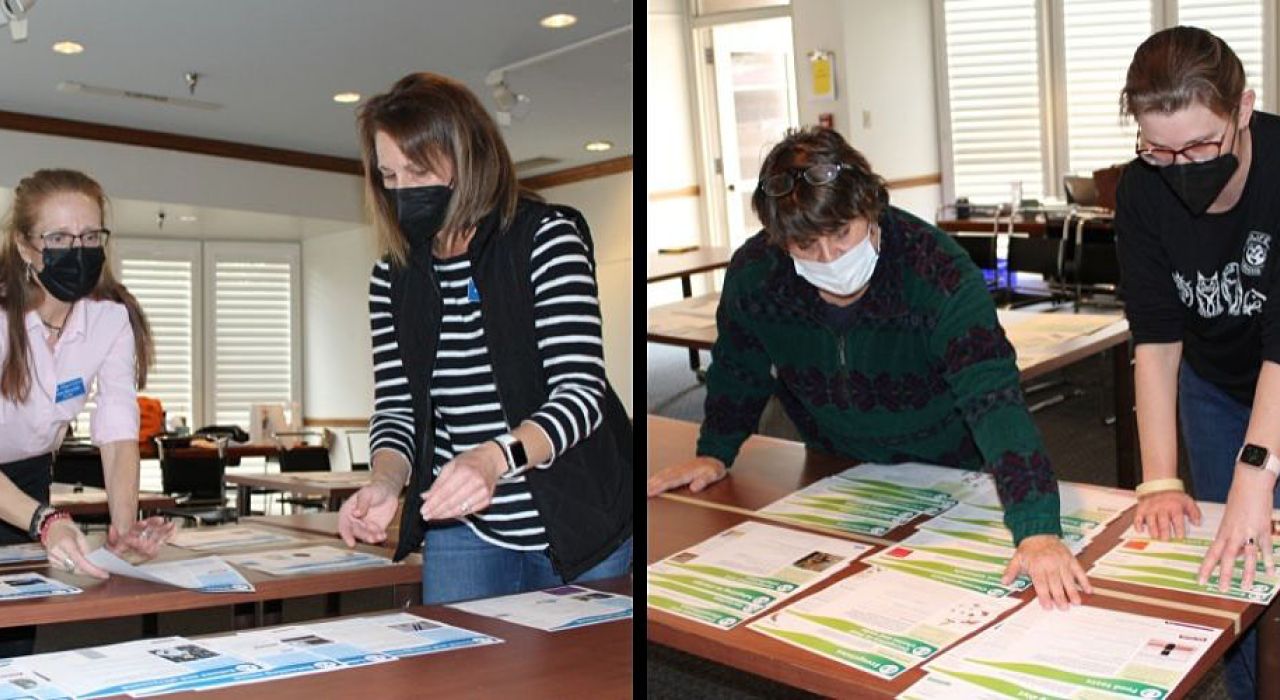
Science teachers seize ‘golden opportunity’ to create curriculum
At The Gregory School, we have what science teacher Miss Helen Reynolds calls “a golden opportunity.” Our small class sizes combined with the proximity of our Middle and Upper School students and faculty provide us with tremendous potential for unique curricular innovation. A team of TGS Middle and Upper School science teachers is now seizing this golden opportunity to create a cutting-edge Middle School science curriculum.
“The key word is ‘progression,’”Miss Reynolds said. “We want our students to be extraordinarily well prepared for Upper School science, and because the Upper School is right here, we can ensure a smooth transition.” By embracing this progression, based on what we know about cognitive science and how it applies to learning, the new curriculum will improve upon more traditional science learning in several ways.
Each year in fifth through eighth grade, TGS science classes will all explore biology, chemistry, and physics, as well as several additional topics. Within each of these subjects, the team has created five strands that will be learned throughout our students’ Middle School experience. Every strand builds progressively each year in its level of complexity, from concrete to abstract. In physics, for example, fifth grade students will begin by observing physical changes that they can see. From there, the strand will progress to particles, then atoms, and finally to subatomic particles. Fifth grade students might experiment with and study magnets until they understand how they work. By eighth grade, these students will be looking at electromagnetism and power stations.
Rather than touching on a topic and not revisiting it until high school, the new cumulative curriculum will guarantee that TGS Middle School students are secure in their knowledge, understanding, and ability to apply the material. And, because each piece of the curriculum is created as part of a larger whole, every teacher will be able to articulate what the lesson is building on and what it is preparing the students for. “We know precisely how everything fits together, which will help to move our students from novices to experts,” Miss Reynolds said. For students who are secure in their understanding, teachers will be able to offer extensions for every concept, and there will still be room for students to explore specific areas of interest to them.
The curriculum not only spans grade levels, but also subject matter: Miss Reynolds cites the example of cell mechanics and how students will understand and experience the connections between the ways cells transfer energy in both biological and physical senses.
“It’s really a question of learning vs. exposure,” Miss Reynolds explained. “The new curriculum will give students a deeper understanding that will be longer lived.” This will eliminate scenarios in which high school students are having to re-learn what they touched on in sixth, seventh or eighth grade. Instead, these students will be able to excel beyond traditional high school science because they have retained the cumulative understanding they have built upon since middle school.
The faculty team will continue to work on the curriculum throughout this academic year, and it will be implemented in the 2022-23 year. The TGS newsletter and website will feature aspects of the curriculum throughout the spring.